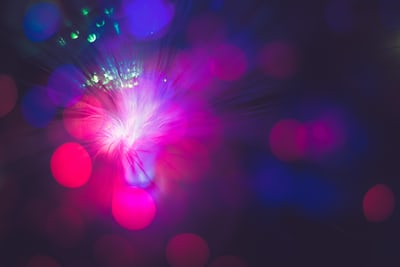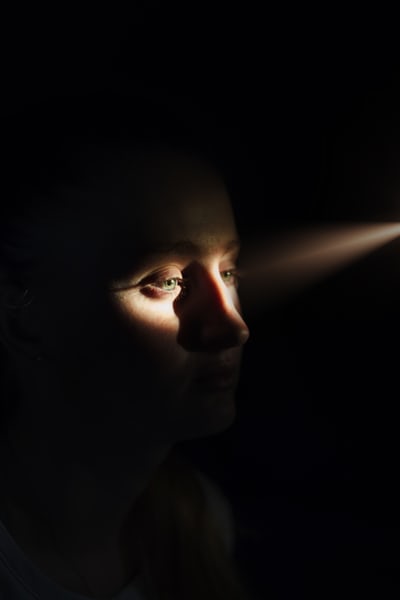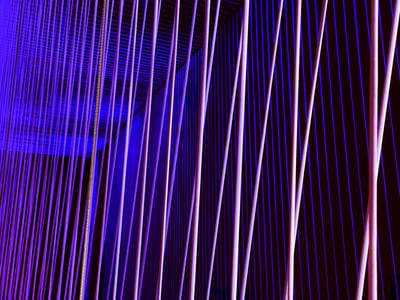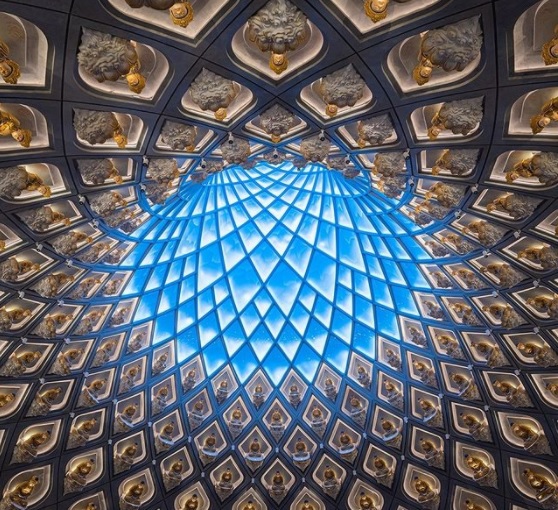Insights
What Does the Future of the Lighting Industry Look Like?

With technology evolving and revolutionising almost every aspect of our lives, the future of the lighting industry is beyond the scope of merely being just “smart”, “techy” or “intelligible”. It is about thinking outside the box. Our world may seem to be shrinking due to the influx of new tech, but technological advancements are just starting to take root in some of the most mundane aspects of our lives, set to create lasting positive impacts. In recent times, lighting solutions have seen a spiking demand in energy efficient, environment friendly, and super smart solutions like the Internet of Things “smart” innovations. These innovations will no longer exist merely in exclusive sectors, in the arts and high-end tech, but become part of everyday life.
Here are some exciting features to look out for as the world of tomorrow becomes “Lit”:

Human-Centric Lighting
Constituting a complete paradigm shift, thus allowing for a more humanistic element to dictate its evolution, the future of the lighting industry will focus on innovative Human-centric lighting systems. The effect of light on our everyday functioning and wellbeing is well documented. The new age human-centric lighting solutions will focus on manipulating colors, hues, and brightness levels to mimic natural light sources to illuminate people’s wellbeing and health rather than just light common spaces. Research shows that photosensitive retinal ganglion cells absorb unseen light that has a direct effect on the body’s circadian rhythm. SAD (Seasonal Affective Disorder) affects almost 2% of world population, with numbers climbing higher during the dark winter months. The mimicry of natural light can massively reduce the impact of a long winter in the Northern Hemisphere.
By creating healthy light sources, the light absorbed by this complex eye pigment can be monitored and thus reduced. Eventually, healthy lighting solutions will become a necessity in core working spaces like hospitals and schools.

Energy Efficient Lighting Sources
As new efforts continue to produce more efficient energy sources, the future of the lighting industry will see a shift from traditional means of illumination to more efficient ones. For instance, panel lighting ensures low energy consumption and heat dissipation with high brightness and increased longevity.
As the world focuses on more effective solutions, the future of the lighting industry will focus on making LED lighting sources a leading source of manufactured light. Gone are the days of frosted or clear bulb-shaped lighting fixtures. The future is all about flexible design innovation. Lighting solutions with slim profiles thus requiring less space utilize LEDs because of their flexible profile. Unlike other innovations, LED lighting will be able to piggyback off existing infrastructures without requiring any additional investments in new grids or networks. Statistically, 20% of the world’s complete energy is being used to light up the world. However, if the world shifts to using LED lighting solutions, the amount of energy used can be significantly reduced to 4% only.

Lighting and The Internet of Things (IoT)
While Google and other tech gurus have already entered into this sphere of ensuring that light fixtures are easily enabled via the Internet of Things (IoT), the future will see increasing dependence on this feature. Lighting fixtures utilizing IoT will be able to provide energy-efficient solutions by ensuring people have more autonomy over remote control of the lighting capacities.
Moreover, natural language processing – more commonly known as chatbot technology – will ensure home assistance via interactive artificial intelligence beings. These will allow meaningful conversations regarding electricity conservation, controlling brightness, and a range of other functions. The future of lighting does not look so bleak (pun intended!) when the concept of turning on a switch will evolve into digital voice recognition commands.
